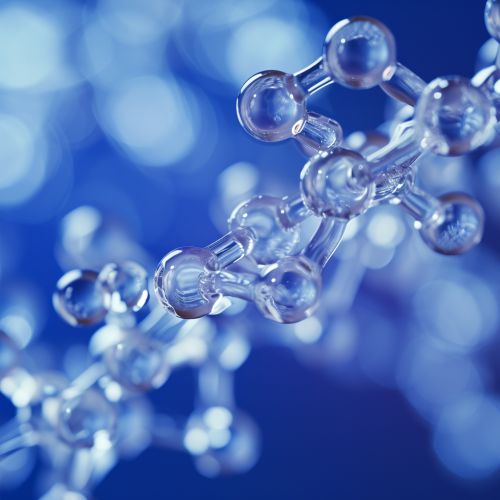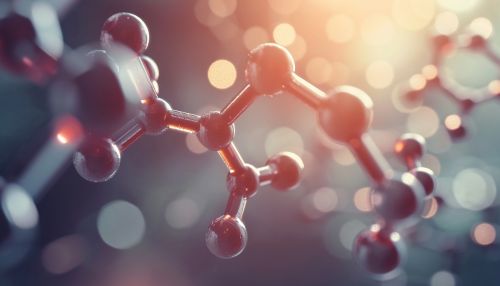Geranyl pyrophosphate
Introduction
Geranyl pyrophosphate (GPP), also known as geranyl diphosphate, is a critical intermediate in the biosynthesis of various terpenes and terpenoids. It is a prenyl pyrophosphate, a type of isoprenoid phosphate, which is a class of lipids. GPP is formed from the condensation of isopentenyl pyrophosphate (IPP) and dimethylallyl pyrophosphate (DMAPP) in a reaction catalyzed by the enzyme geranyl pyrophosphate synthase.


Biosynthesis
The biosynthesis of GPP is a critical step in the production of many isoprenoids. The reaction is catalyzed by the enzyme geranyl pyrophosphate synthase, which belongs to the family of transferases. This enzyme transfers the isopentenyl group from IPP to DMAPP, forming GPP and releasing inorganic pyrophosphate (PPi).
Role in Terpene and Terpenoid Synthesis
GPP is a key intermediate in the biosynthesis of various terpenes and terpenoids, which are a large and diverse class of naturally occurring organic chemicals. These compounds are often associated with plant resins and are responsible for the scent of many plants and flowers. GPP is also a precursor to the formation of monoterpenes, sesquiterpenes, and diterpenes.
Biological Importance
GPP plays a significant role in the biological processes of many organisms. In plants, it is involved in the synthesis of essential oils, pigments, hormones, and other secondary metabolites. In animals, GPP is a precursor to the synthesis of cholesterol, steroids, and other isoprenoids. It is also involved in protein prenylation, a post-translational modification that plays a crucial role in cell signaling and protein-protein interactions.
Pathways Involving Geranyl Pyrophosphate
GPP is involved in several metabolic pathways, including the mevalonate pathway and the non-mevalonate pathway, also known as the MEP/DOXP pathway. These pathways are responsible for the production of isoprenoids in different organisms. The mevalonate pathway is primarily found in animals, fungi, and some bacteria, while the non-mevalonate pathway is present in most bacteria, algae, and plants.
